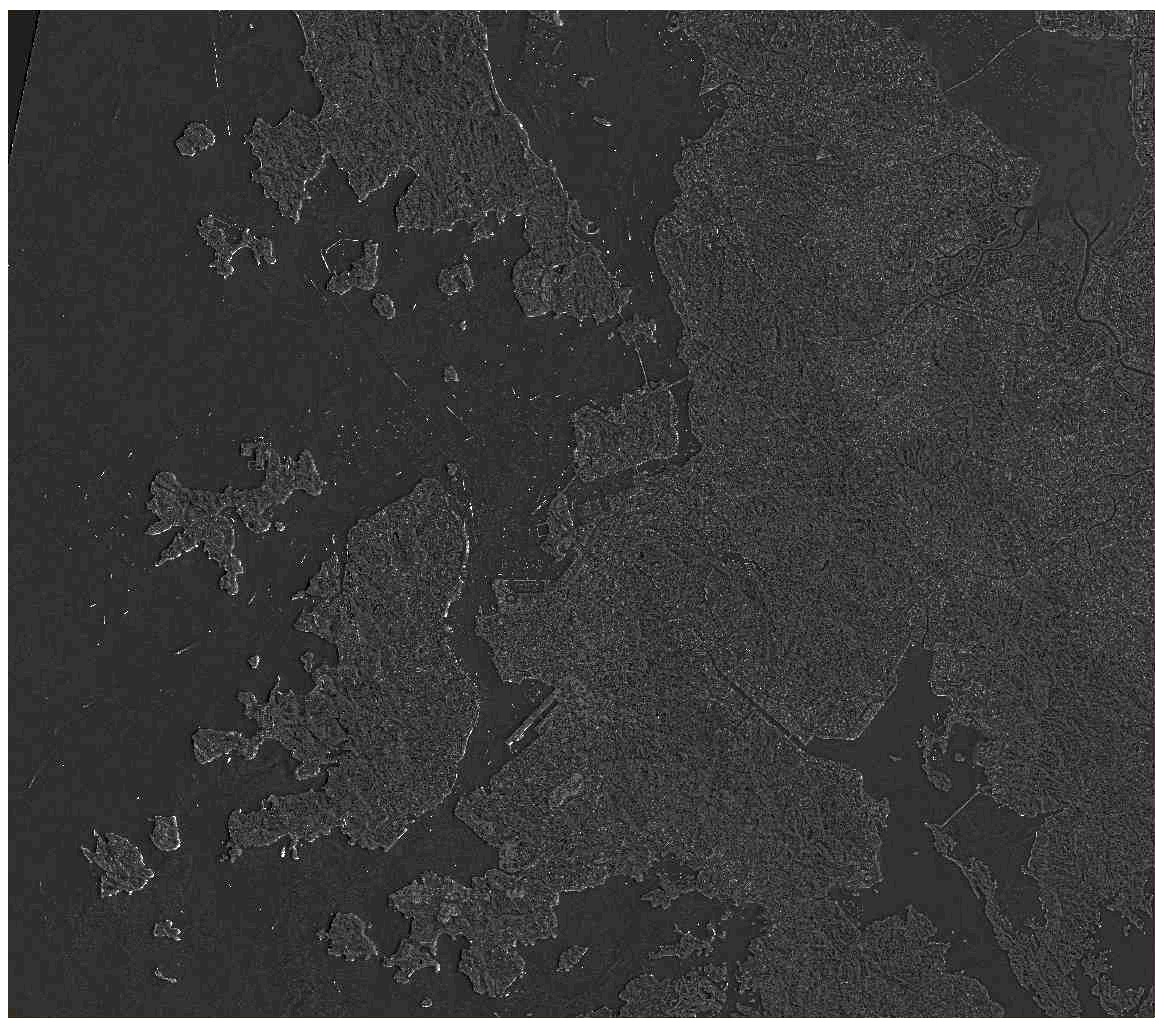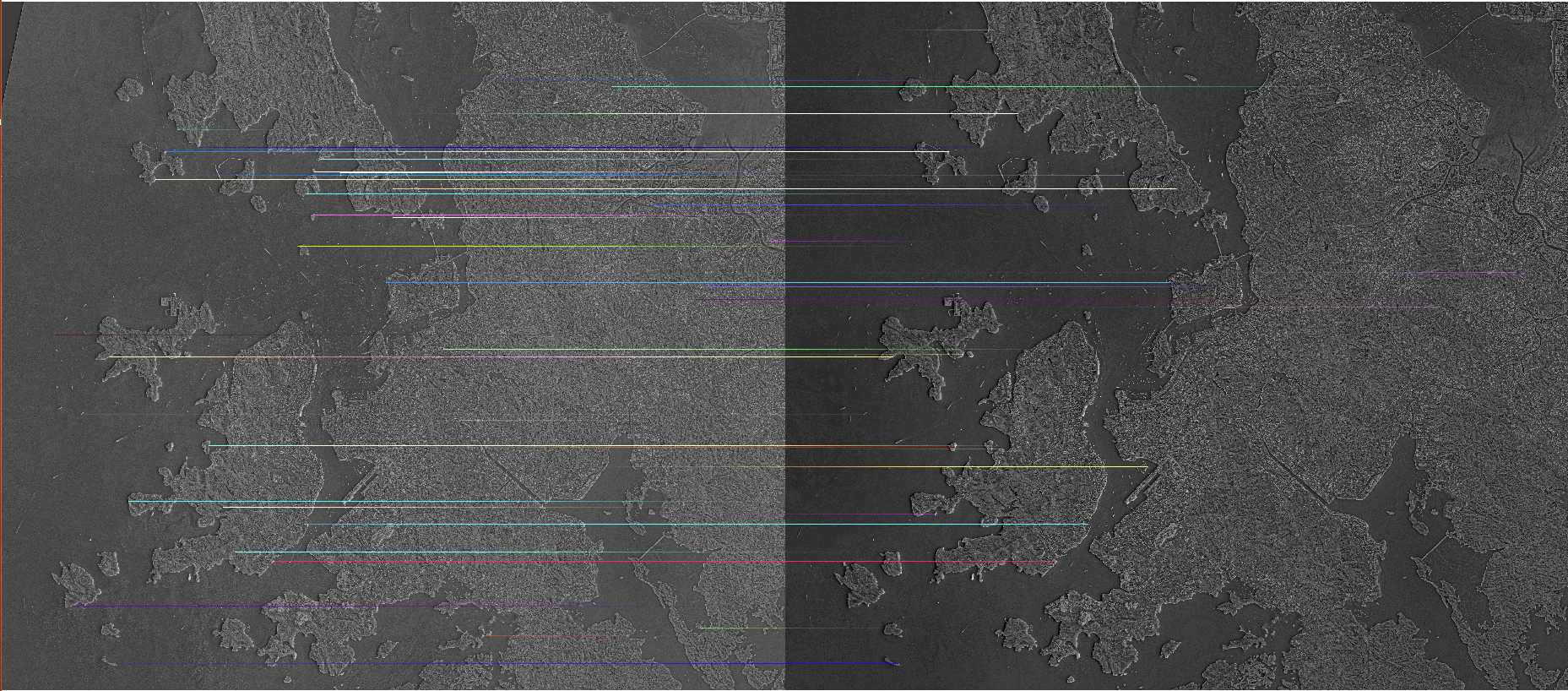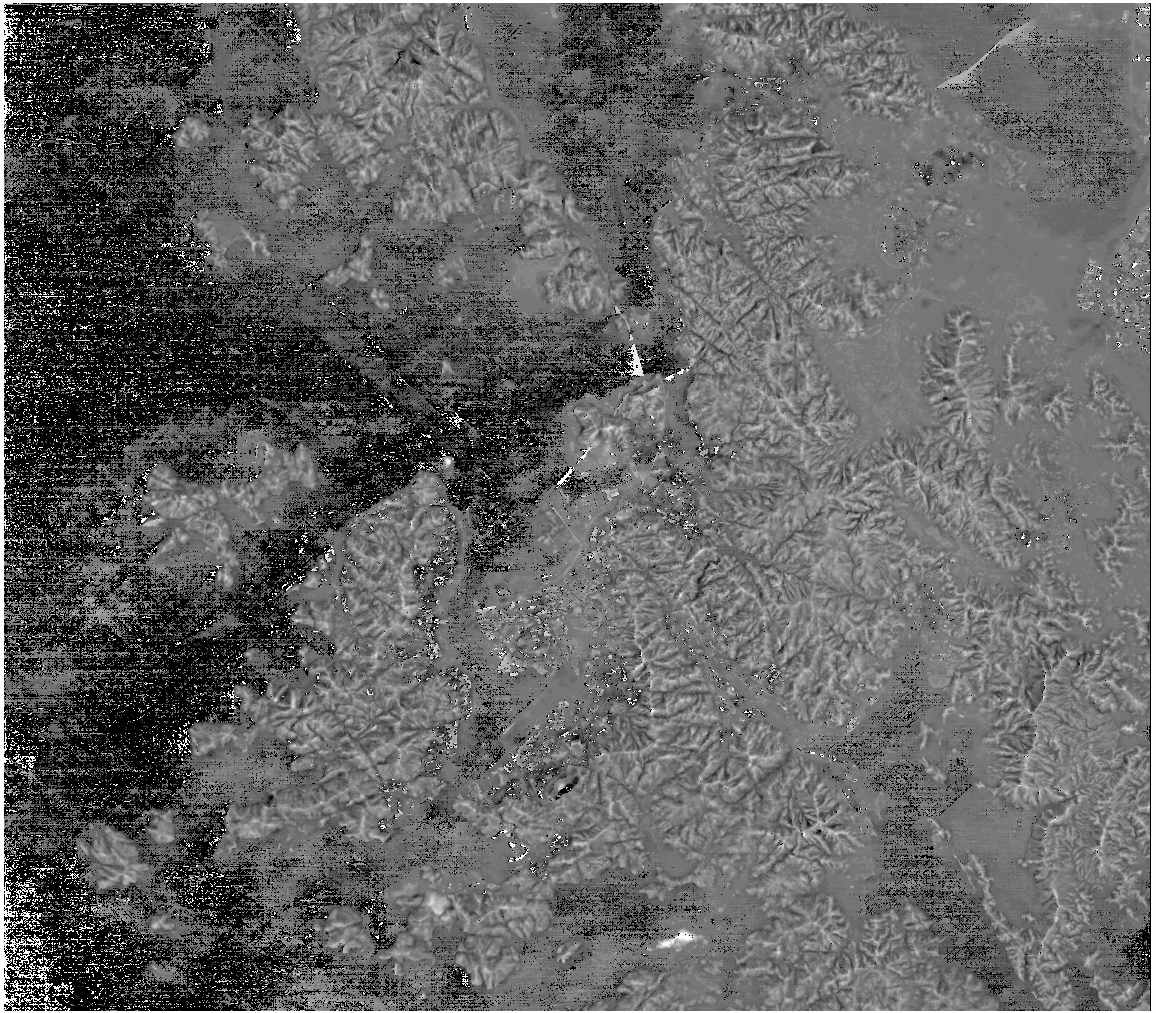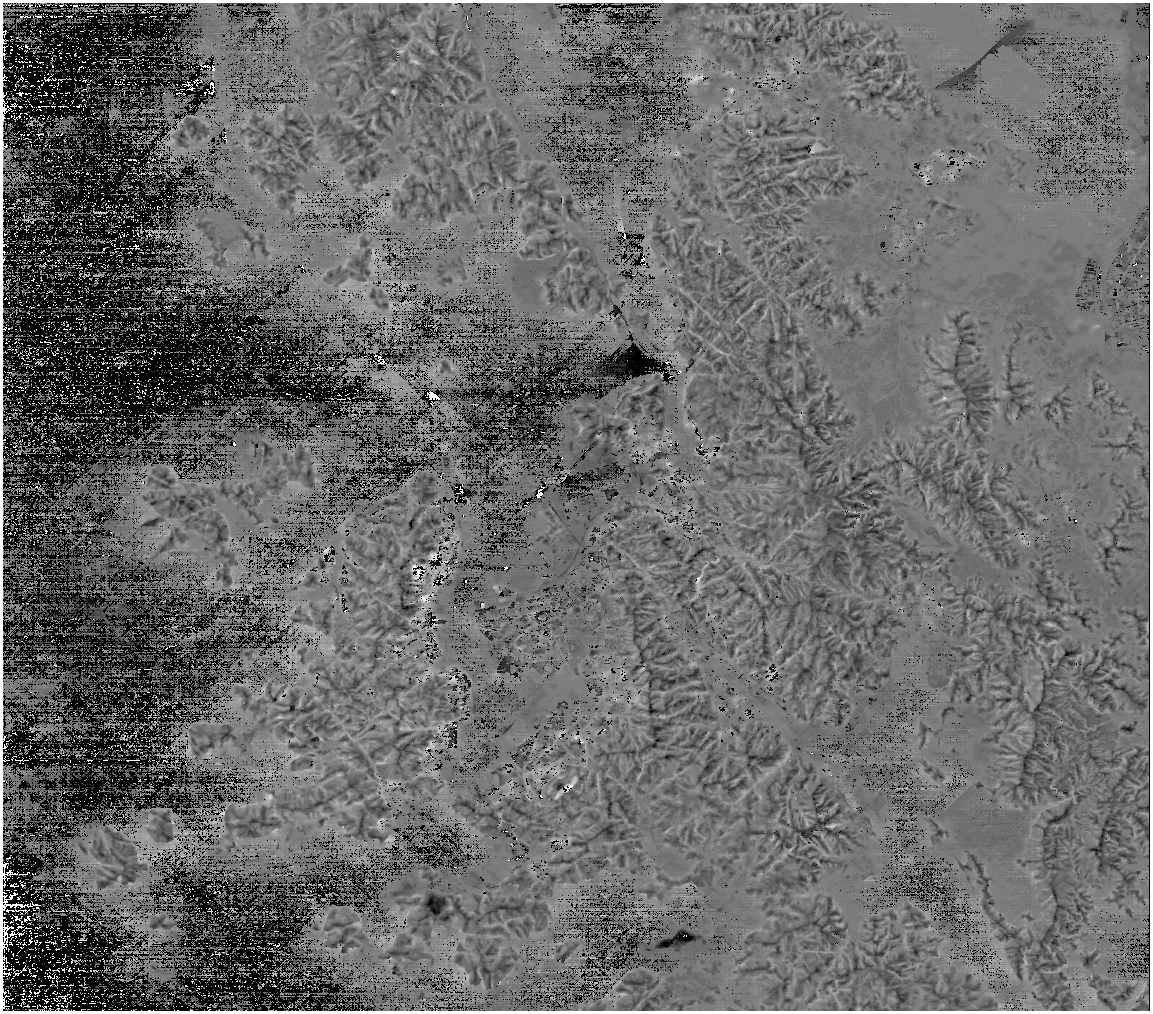| Version 26 (modified by , 10 years ago) ( diff ) |
|---|
GSoC 2015 Proposal:
https://www.google-melange.com/gsoc/proposal/review/student/google/gsoc2015/martidi/5717271485874176
Project Git repository:
https://github.com/martidi/opencv_dsm
Weekly Report 1 (2015, May 31)
WHAT I GET DONE THIS WEEK:
I have prepared the wiki page (http://trac.osgeo.org/ossim/wiki/GSoC_2015) and the Git repository (https://github.com/martidi/opencv_dsm) for code hosting.
I have scrubbed the Plug In developed last year in order to facilitate the deployment of the new funcionalities that I have planned to implement.
I have configured a new IDE for a better management of the source code (Qt Creator).
I have worked (and I am still working) on a new version of matching for epipolar imagery generation, since I have noticed that the old one had some effectiveness problem in finding good Tie Points: I am switching from a SIFT-oriented matching to a Area Based one.
I have deployed an images preprocessing Wallis filter (Baltsavias version) to enhance the local contrast throughout the image, while reducing the overall contrast between bright and dark areas, in order to improve the subsequent dense matching.
WHAT I PLAN ON DOING NEXT WEEK:
To continue working on the automatic TPs generation.
To implement tri-stereo projection.
To test and control implementation efficacy – discuss results with mentors.
SOMETHING ON WHICH I AM BLOCKED:
At the moment I am not blocked on anything.
Weekly Report 2 (2015, June 07)
WHAT I GET DONE THIS WEEK:
I have worked (and I am still working) on a new version of matching for epipolar imagery generation, trying to implement a new and effective way able to generate epipolar images.
I have begun to implement a tri-stereo projection for triplet input images.
WHAT I PLAN ON DOING NEXT WEEK:
To solve the problems on which I am stuck.
To continue working on epipolar images generation.
To finish tri-stereo projection implementation.
To test and control implementation efficacy – discuss results with mentors.
SOMETHING ON WHICH I AM BLOCKED:
At the moment I have some issues in finding the proper epipolar model, but I am pretty confident to being able to find soon a suitable solution.
Weekly Report 3 (2015, June 14)
WHAT I GET DONE THIS WEEK:
I have worked (and I am still working) on a new version of matching for epipolar imagery generation, trying to implement a new and effective way able to generate epipolar images. Mentors (with community support) have suggested me to have a look to an OSSIM stand-alone executable (ossim-autreg) that seems to have some functionalities suitable to fix this issue.
I have implemented a tri-stereo projection for triplet input images (https://github.com/martidi/opencv_dsm/tree/triplet).
WHAT I PLAN ON DOING NEXT WEEK:
To solve the problems on which I am stuck.
To continue working on epipolar images generation and analyze ossim-autreg executable.
To test and control implementation efficacy – discuss results with mentors.
SOMETHING ON WHICH I AM BLOCKED:
At the moment I have some issues in finding the proper epipolar model, but I am pretty confident to being able to find soon a suitable solution.
Weekly Report 4 (2015, June 21)
WHAT I GET DONE THIS WEEK:
I have implemented a tri-stereo automatic TPs identification and filtering to remove outliers.
I have implemented a tri-stereo epipolar images generation.
I have begun to implement a tri-stereo disparity map generation.
I have decided that I will use these two freely available triplet dataset to test my tri-stereo Plug-in:
http://www.isprs.org/data/zy-3/default.aspx
http://www.geo-airbusds.com/en/23-sample-imagery
in addition to further digital images available at my lab.
I have been to EARSeL Conference in Stockholm to present last year GSoC work, for this reason I have not had so much time to write a well-structured code (but I will fix this next week). Here https://www.dropbox.com/s/5r8rvlii5x3locy/DiRita_et-al.pdf?dl=0 you can find the presentation I have given.
WHAT I PLAN ON DOING NEXT WEEK:
To solve the problems on which I am stuck.
To scrub the code that I have written this week in so little time (it works but it has some "architectural" problem).
To continue working on epipolar images generation and analyze ossim-autreg executable as mentors suggested.
To complete the tri-stereo disparity map implementation.
To test and control implementation efficacy – discuss results with mentors.
SOMETHING ON WHICH I AM BLOCKED:
At the moment I have some issues in finding the proper epipolar model, but I am pretty confident to being able to find soon a suitable solution.
Weekly Report 5 (2015, June 28)
WHAT I GET DONE THIS WEEK:
I have implemented a tri-stereo disparity map generation.
I have begun to analyze ossim-autreg executable as mentors suggested.
I have begun to write the midterm evaluation.
I have tested the tri-stereo Plug-in with Trento Pléiades imagery and Hong Kong ZY3-1 free imagery: hereafter it is possible to see some results of the workflow implemented so far for the Hong Kong dataset .
1) Wallis filtering for the nadiral, forward and backward images, to let SGBM algorithm be more efficient.
(Here is reported only the nadiral one as an example)
2a) Automatic TPs identification between NAD-FWD images (for a visualization problem it seems that only a dozen of points are found, whereas the Plug-in at this step finds more ore less a hundred points)
2b) Automatic TPs identification between NAD-BWD images
3a) Disparity map obtained from NAD-FWD images
3b) Disparity map obtained from NAD-BWD images
As it could be seen, as predictable and quite obvious, the Disparity map has got some problems above the sea, it is possible to obtain only a diffused noise, whereas in the other areas is obtained a good disparity map, in which it is possible to clearly identify the buildings shape.
To date, it is therefore possible to achieve disparity maps starting from a tri-stereo dataset.
Next step to be implemented in the workflow is the one related to development and implementation of disparity maps fusion algorithm.
Moreover, I have seen that there are some issues in the epipolar constraint in morphologically complex areas: I'm planning to fix this in the next weeks, after a deep analysis of the problem. Furthermore I'm planning to spend some time scrubbing the Plug-in code and to re-design the created classes structure.
WHAT I PLAN ON DOING NEXT WEEK:
To solve the problems on which I am stuck.
To finalize and submit the midterm evaluation.
To test and control implementation efficacy – discuss results with mentors.
SOMETHING ON WHICH I AM BLOCKED:
At the moment I have some issues in finding the proper epipolar model, but I am pretty confident to being able to find soon a suitable solution.
Attachments (11)
- NAD_wallis.2.jpg (86.3 KB ) - added by 10 years ago.
-
NAD_wallis.jpg
(221.3 KB
) - added by 10 years ago.
Nadiral image filtered with Wallis
- TP_NAD_FWD_wallis.jpg (254.0 KB ) - added by 10 years ago.
- TP_NAD_BWD_wallis.jpg (236.1 KB ) - added by 10 years ago.
- Disp_NAD_BWD_wallis.jpg (241.8 KB ) - added by 10 years ago.
- Disp_NAD_FWD_wallis.jpg (240.8 KB ) - added by 10 years ago.
- Zoom_disparity.jpg (185.3 KB ) - added by 10 years ago.
- NAD-FWD_grid.jpg (246.7 KB ) - added by 10 years ago.
- NAD-BWD_grid.jpg (232.9 KB ) - added by 10 years ago.
- week9_fusedDisp.jpg (66.1 KB ) - added by 9 years ago.
- Pleiades_Trento.jpg (212.4 KB ) - added by 9 years ago.






